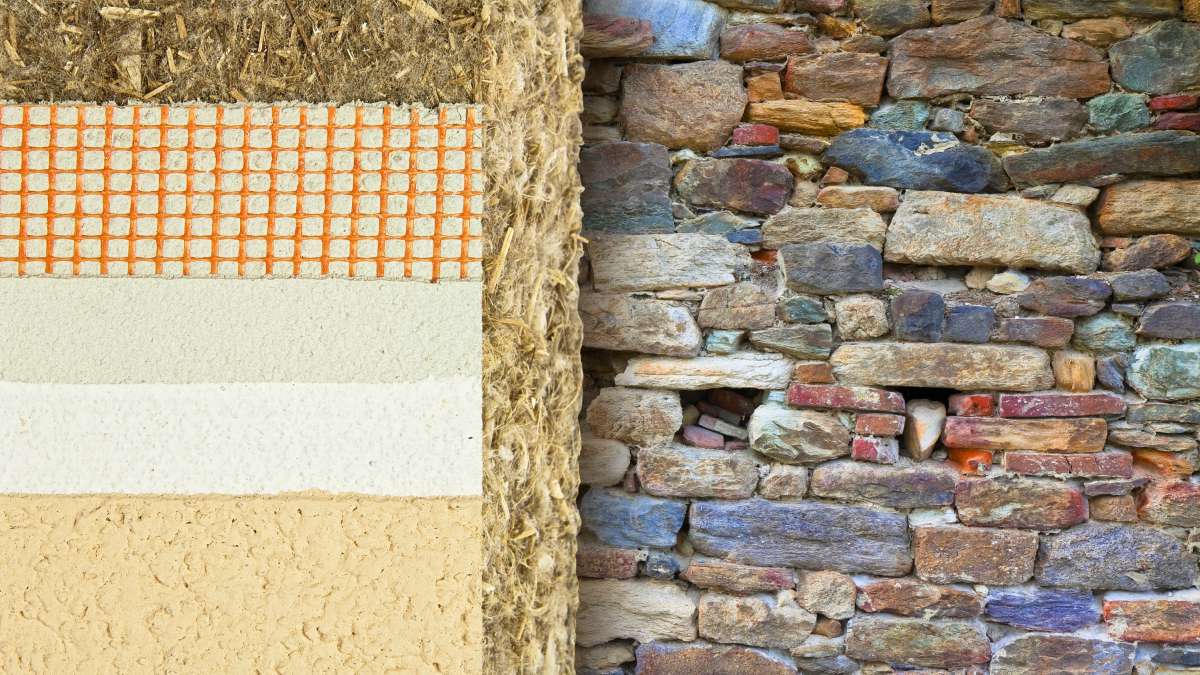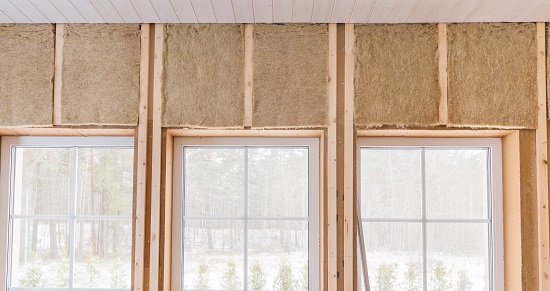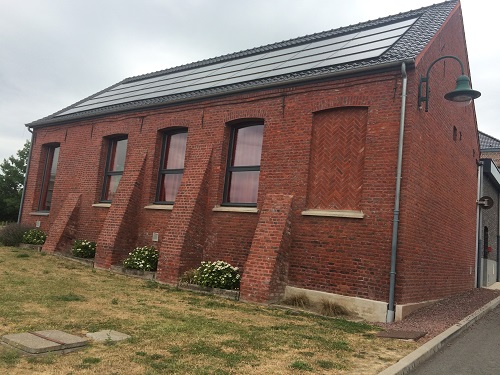This article is part of the folder : EmiBio : un projet de recherche sur les émissions des matériaux biosourcés
See the 2 news related to this folder
The first on site measurement campaign for this project began on the site of the Moncheaux town hall from 8 to 19 July 2019. A winter campaign will complete the interpretation, and then another building in the Pas-de-Calais department will be instrumented in 2020 using the same methodology.
Bio-sourced materials (originating from biomass) are used increasingly in buildings in France, whether for renovations or new buildings. Wood fibre insulation materials are the most popular type of bio-sourced product made and distributed in France.
The sector producing these materials is supported by the Ministry for Ecological Transition in Solidarity in order to replace materials made from fossil-based raw materials, and to limit the carbon footprint of the construction sector.
This project is led by Cerema, with scientific partners from the Hauts-de-France and Pays de Loire regions

The EmiBio project, for Emissions from Bio-sourced materials, is a research project to produce new knowledge to enrich the state of the art on bio-sourced materials and their possible impact on indoor air quality, while adopting a positive approach to this new sector which must be encouraged.
Cerema leads the EmiBio project, co-financed by Ademe from a Cortea call for projects, and the government Directorate for housing, urbanism and landscapes (DHUP). The aim of this project is to verify whether indoor air may contain microbial volatile organic compounds (mVOC), specific to bio-sourced materials, more likely to develop mould than conventional materials.+
To do so, Cerema is working with “Institut Mines-Télécom de Lille-Douai”, “Institut Mines-Télécom Atlantique”, “Université de Picardie” and “Université d’Artois”. This project began in October 2018. It will last 3 and a half years and terminate in the spring of 2022.
Apart from this assessment, the EmiBio project will define measures to limit these specific emissions, by means of recommendations for implementation of the studied bio-sourced materials (a best practice guide for practitioners), storage and to ensure the chosen material is appropriate.
A complete methodology, including the study of pollutant emissions, from the material alone to the wall

The EmiBio project will carry out research into emissions from certain bio-sourced materials used for insulation purposes. To do so, this research will take place at different scales.
First of all, the emissions from the materials themselves will be measured, and then the emissions from walls insulated using these materials. The measurements on the scale of a wall will be carried out in the laboratory – the structure of the walls in the real buildings is reconstituted in the laboratory – but also on 2 real buildings: the first in 2019 and the second in 2020. The indoor air quality of the instrumented buildings will also be monitored in order to complete the analysis.
The first on site measurement campaign carried out by Cerema, “Institut Mines-Télécom de Lille-Douai”, “Institut Mines-Télécom Atlantique” and “Université d’Artois” is therefore divided into several steps:
-
First of all, a diagnostic of the building provided information about the structure of the building and its problems (the building was awarded the HQE label for high environmental quality renovation in 2013), and assessed its airing and ventilation capacities, its interior and exterior environment, as well as the practices of its occupants.
-
Then a set of additional measurement devices was used to measure the indoor air quality in the instrumented room for 2 weeks: passive aldehyde tubes, “fireflies” unit, NEMo sensor, HOBO (T and RH measurements) and portable chromatograph to carry out screening and quantification of the compounds present in the room, In addition to the chromatograph, active tubes were used for 24 hours to measure and identify precisely the substances that were present.
-
In addition, Flec cells were placed on the walls, floor and ceiling of the room for several hours, to determine emissions from these elements themselves.
-
Furthermore, air samples were taken and cultured to check for the possible presence of micro-organisms in the room’s air.
-
Finally, hygro-thermal monitoring (monitoring of T and RH) is being carried out for 1 year on one of the walls of the instrumented room, at different heights and thicknesses.
To perform these measurements it was therefore necessary to implement measurement devices that are simple to use (placing of passive tubes, an indoor air quality monitor, measurements of ventilation flow rates, etc.), as well as much more complex devices requiring daily monitoring for 2 weeks (placing of a portable chromatograph to measure indoor air quality and Flec cells to measure emissions from walls).
In the folder : EmiBio : un projet de recherche sur les émissions des matériaux biosourcés

